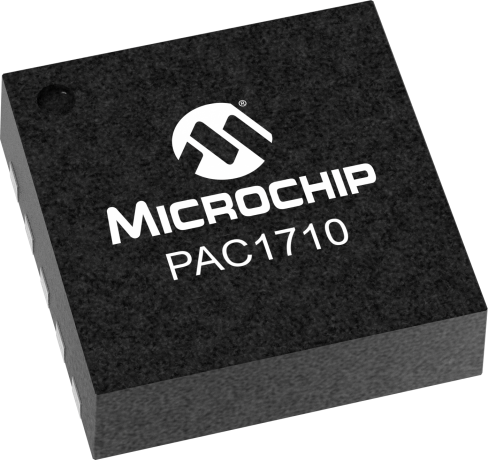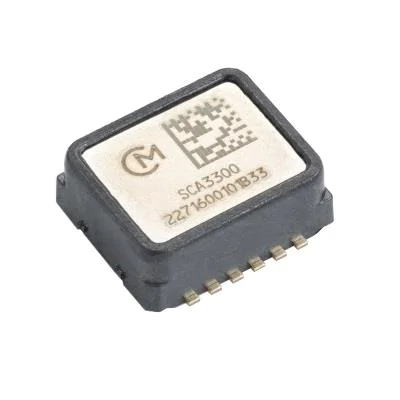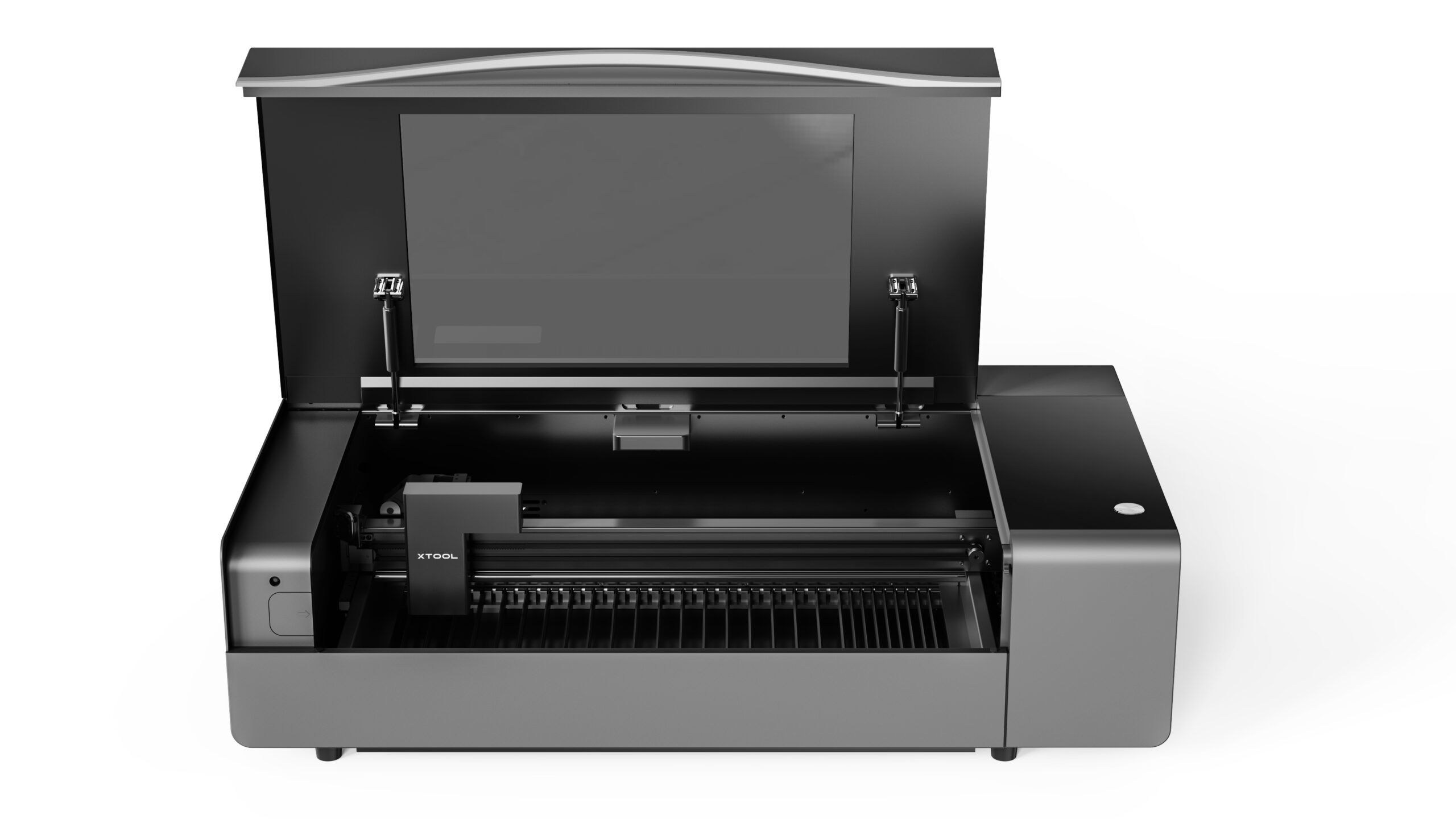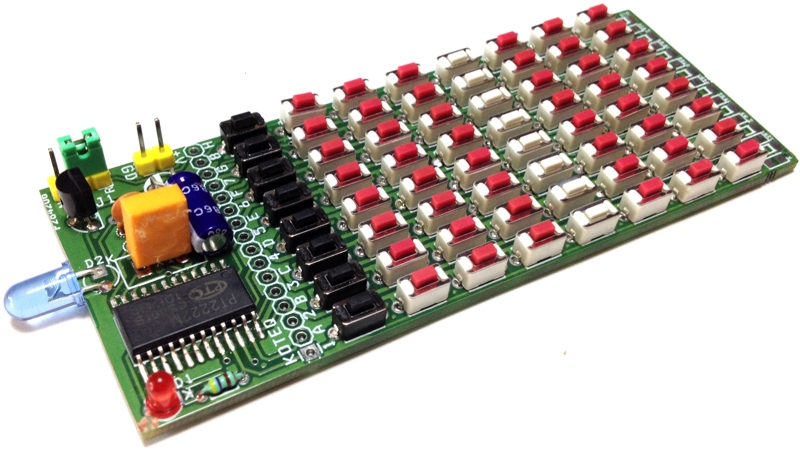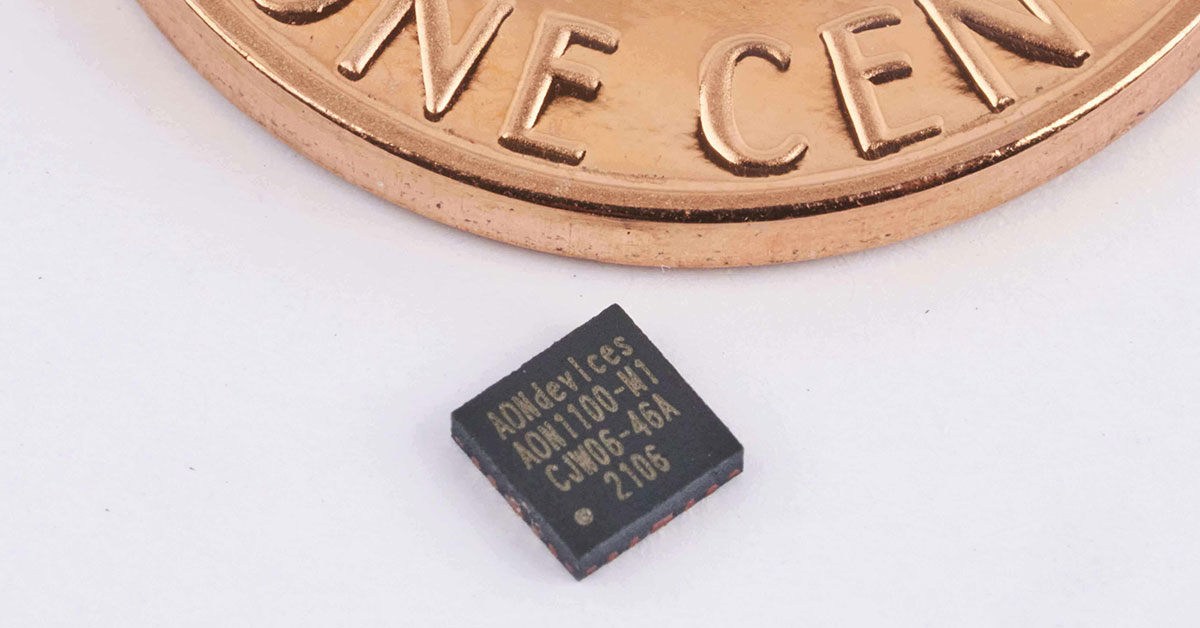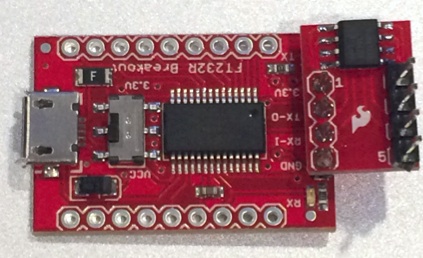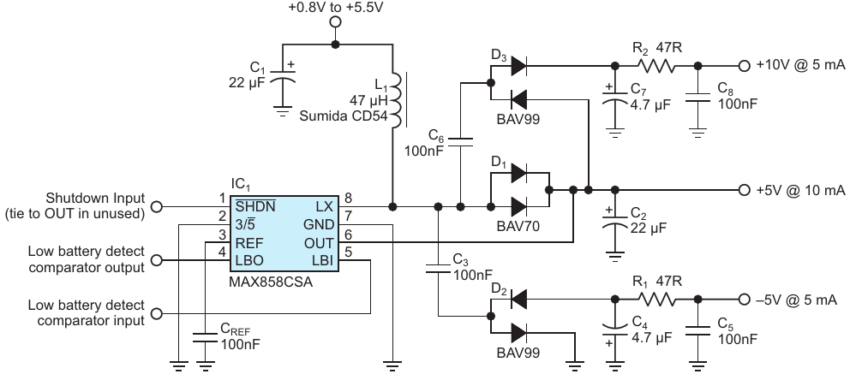
The standard boost converter in Figure 1 uses not only IC1, C1, L 1, D1, and C2 to generate a main 5 V output, but also additional small, low-cost components to provide two auxiliary supply rails of 10 and –5 V. These auxiliary outputs are useful for analog circuitry in small handheld instruments, which often require supply voltages greater than the signal range. Input voltages of 0.8 to 5.5 V, which is equivalent to voltages from a battery pack of one to three cells, sustain the main regulated output of 5 V±2%. With an input of 1.8 V from two flat cells, for instance, and with the other rails unloaded, the circuit can produce 25 mA with 80 to 90% efficiency.
The converter’s LX switching node drives low-cost, discrete charge pumps via “flying capacitors” C3 and C6 to create the –5 V and 10 V outputs. The LX node switches between 0 V and a level-one diode drop above the 5 V rail, so the charge pumps’ drive voltage is reasonably well-regulated. Moreover, the drop across D1 roughly compensates for diode drops in the two charge-pump outputs. IC1’s internal control scheme also assists in regulating the auxiliary outputs. This IC’s current-limited, minimum-off-time, pulse-frequency modulation constantly adapts its switching frequency to the net load current; the frequency increases when the load increases, producing a greater transfer of energy via the flying capacitors. The result is a type of pseudo-regulation for the charge-pump outputs.
These analog supply rails can drive precision op amps, such as the MAX400 and OP-07, whose input common-mode- rejection and output-range specifications are 2 to 3 V within the supply rails. Thus, the rails are good enough if the –5 V output is less than –3 V and the 10 V output is more than 8 V. Accordingly, the component choices in Figure 1, such as the lossy RC output filters and silicon signal diodes in place of Schottky diodes, provide for minimal cost and ripple rather than maximum regulation. The 4.7-µF capacitors, C4 and C7, can be high-ESR, commodity, multilayer ceramic types with 16 V ratings, a 1206 case, and a Y5V dielectric.
The output ripple varies with the supply voltage and output load. Operating with an input voltage of 1.8 V, the circuit produces ripple amplitudes over the load of 2 to 10 mV p-p for the 10 V rail and 15 to 30 mV p-p for the –5 V rail. By increasing C5 and C8 to 2.2 µF, you can reduce these ripple levels to 1 and 5 mV, respectively.
With no load on the auxiliary rails, the 5 V output’s maximum available load current rises with input supply voltage (Figure 2a). You can increase this available output power by replacing D1 with a lower loss Schottky diode. At an input of 1.8 V, the output power available for the three rails (loaded with 10 mA at 5 V, 5 mA at 10 V, and 5 mA at –5 ) is somewhat less than 125 mW; with a 5-mA load, the 10 V and –5 V outputs are approximately 9.75 and –3.7 V, respectively (Figure 2b). A 2.7 V input based on three flat cells yields around 275 W.
The MAX858 operates with peak inductor currents of 125 mA. If you need more current, you can replace this IC with related parts that have 500 mA and 1 A ratings. Note that these changes require different passive components; the inductor and main output diode ratings must match the inductor’s peak current. The charge pumps can remain the same if their output currents don’t change much. You can also retain the cheap, common, commodity dual diodes D1, D2, and D3, but detail specifications vary, so look carefully at data sheets for the part you actually use.
by Tim Herklots @ EDN





